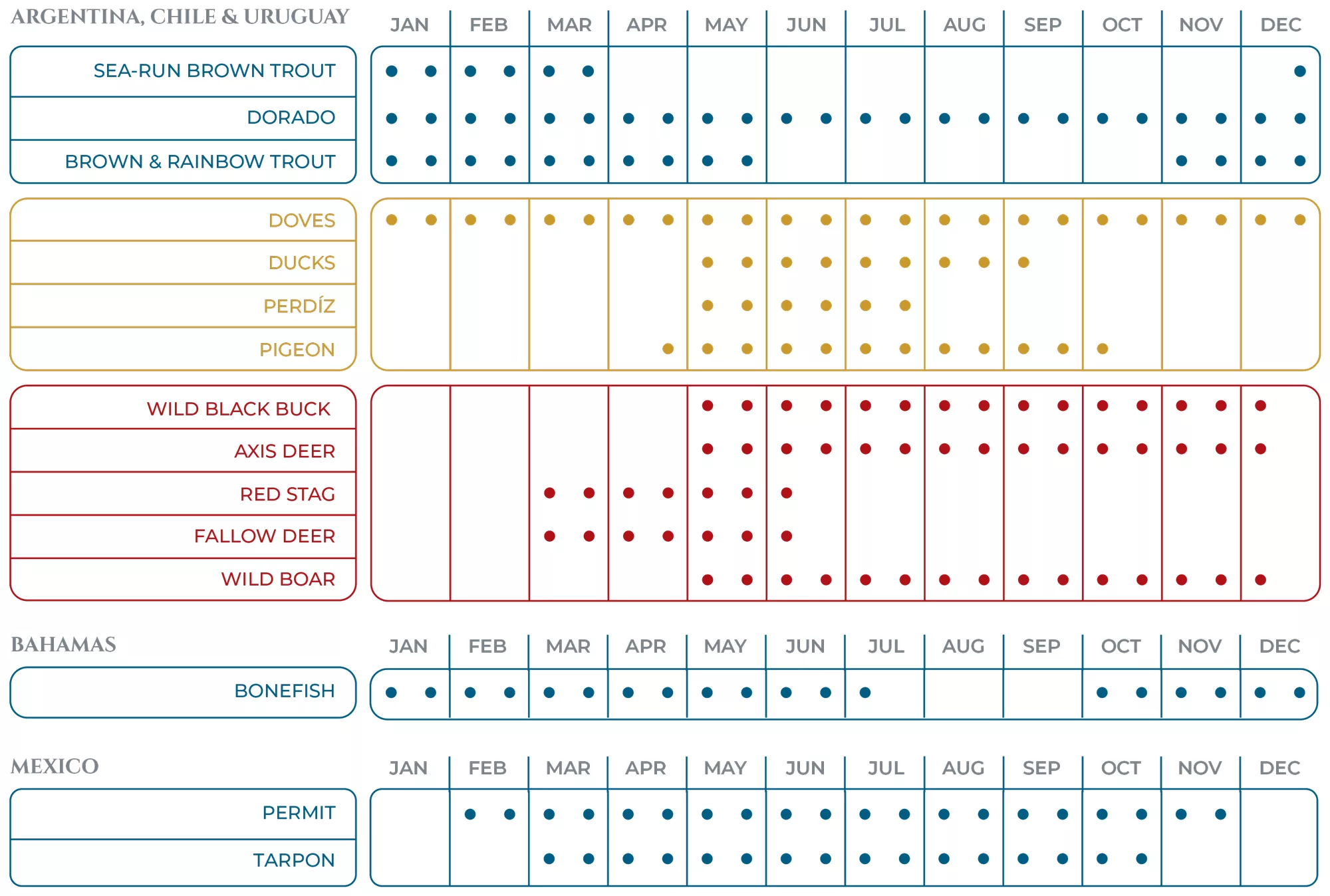FULVOUS WHISTLING DUCK – SIRI COLORADO – Dendrocygna Bicolor (38 cm)
The Fulvous Whistling-Duck is one of the most widespread waterfowl species in the world. It breeds across tropical regions such as Central and South America and north to the Gulf Coast of the U.S. Although they are common, they are also considered wary. They are largely resident, apart from local movements, but vagrancy has occurred to southern Europe. Habitat includes freshwater lakes, paddy fields, and reservoirs with plentiful vegetation, where they feed nocturnally on seeds and other plant parts. Fulvous Whistling-Ducks have long grey bills and long heads and legs. The head and underparts are buffs, and wings are dark grey and black. Tail and wing patches are chestnut, and there is a white crescent on the upper tail, which is visible in flight. All plumages are similar, except for juveniles with less contrasted flank and tail coloration. This species is gregarious and forms large flocks at favored sites. As the name implies, these are noisy birds with a clear whistling “kee-wee-ooo” call.<
WHITE CHEEKED PINTAIL – PATO GARGANTILLA – Anas Bahamensis (35 cm)
The White Cheeked Pintail or Bahama Pintail (Anas bahamensis) is a dabbling duck of the Caribbean, South America, and the Galápagos Islands. This is the court jester of South American ducks, with a bright, showy costume. Their overall color is cinnamon, but the body features a creamy white trim that extends from low on the throat to the base of a red bill, all edged in turquoise iridescence. Wings are blackish, with a green speculum that contrasts with the red bill. White Cheeked Pintails are dabblers, feeding on aquatic plants and small invertebrates. Nesting occurs on the ground under vegetation and near water. They are found on waters with a degree of salinity: such as brackish lakes, estuaries, and mangrove swamps.
SILVER TEAL – PATO CAPUCCINO – Anas Versicolor (31 cm)
The Silver Teal’s range includes southern Bolivia, southern Brazil, Paraguay, Argentina, Chile, Uruguay, South Georgia, South Sandwich Islands, and the Falkland Islands. The southernmost birds migrate to southern Brazil in the winter. Silver Teals are generally placid ducks but are protective of eggs, their young, and females. They have a black cap that extends below the eyes, and a bluish bill with a yellow tip. They also have a green speculum with a white border.
WHITE-FACED WHISTLING DUCK – SIRI PAMPA – Dendrocygna Viduata (38 cm)
The White-faced Whistling Duck (Dendrocygna viduata) is a whistling duck that breeds in sub-Saharan Africa and much of South America. This species is gregarious and, at favored sites, flocks of a thousand or more birds show at dawn and are an impressive sight. As the name implies, these are noisy birds with a clear three-note whistle. These ducks have long grey bills, long heads, and longish legs. They have white faces and crowns, and black rear heads. The back and wings are dark brown to black, and the underparts are black—although the flanks have fine white barring. The neck is chestnut. All plumages are similar, except juveniles have a much less contrasting head pattern. Habitat consists of freshwater lakes or reservoirs, with plentiful vegetation where this duck feeds on seeds and other plant food. These abundant ducks are largely resident, apart from localized movements of up to 100 km or more.
SOUTHERN WIGEON – PATO OVERO – Anas Sibilatrix (45 cm)
The Chiloe Wigeon is one of three species of wigeon in the dabbling duck genus Anas. Unlike other wigeons, the sexes appear similar (although drakes are slightly brighter) and pairs are monogamous. This bird has a metallic green head and a gray bill with a black tip. Its breast is barred black-and-white and its sides are orange-brown. It has white cheeks, a white forehead, and white on its wings. These ducks are found in southern South America on freshwater lakes, marshes, lagoons, and slow-flowing rivers. They breed in the Falkland Islands, Argentina, Uruguay, and Chile, and migrate to southeastern Brazil for winter.
SPECKLED TEAL – PATO BARCINO – Anas Flavirostris (33 cm)
Similar to another teal, Speckled Teals belong to the diverse genus Anas. More precisely, they are one of the “true” teals of subgenus Nettion. Their DNA sequence is similar to the Green-winged Teal—although the two species share a little outward resemblance. Apart from its relationship with red-and-green headed teals, Speckled Teals closely resemble Indian Ocean Teals. But their uni-colored underside and namesake bill are unique.
CINNAMON TEAL – PATO COLORADO – Anas Cyanoptera (33 cm)
The Cinnamon Teal is a small reddish dabbling duck found in the marshes and ponds of western North and South America. Adult males have a cinnamon-red head, a brown back, red eyes, and a dark bill. Adult females have mottled brown bodies, a pale brown head, brown eyes, and a grey bill. They are similar in appearance to female Blue-winged Teals; however, their overall color is richer, and the lore spot, eye line, and eye-ring are less distinct. Their bill is also longer and flatter. Male juveniles resemble female Cinnamon or Blue-winged teals, but their eyes are red. These dabbling ducks survive on plants, although their diet may include mollusks and aquatic insects.
ROSY-BILLED POCHARD – PATO PICAZO – Netta Peposaca (47 cm)
The Rosy-billed Pochard comes from the species peposaca—derived from a Guaraní word for “showy wings.” The wings feature a broad white stripe that is only visible when stretched out. Male ducks have a distinctive red bill, while the females are slate-colored. Though classified as a diving duck, this pochard feeds more like a dabbling duck. The Rosy-bill is genetically linked to the Canvasback and the females of both species are virtually identical. The drakes are adorned in shades of black and white, with a flaming red bill featuring a fleshy knob at the base. The Rosy-billed Pochard is endemic to South America. The population in southern Argentina migrates northward during the austral winter, reaching Brazil and southern Bolivia. It is a vagrant to the Falkland Islands.
RINGED TEAL – PATO DE COLLAR Callonetta Leucophys (28 cm)
The Ringed Teal is a small duck found in South American forests. It is the only species of the genus Callonetta. Usually categorized with dabbling ducks (Anatinae), this species may be closer to shelducks and belong to the subfamily Tadorninae. The Maned Duck is believed to be a close relative. Males and females remain colorful throughout the year, lacking an eclipse plumage. The drake has a rich chestnut back, pale grey flanks, and a salmon-colored breast with black speckles. A black band runs from the top of its head down to the nape. Females have an olive-brownish back with the head blotched and striated in white, with penciled barring on a pale chest and belly. Both have dark tails, a contrasting pale rump, and a distinctive white patch on the wing. Bills are grey and legs and feet are pink in both sexes. Pairs easily bond. Their calls are a cat-like “meowing” in hens, a lingering “peewoo” in drakes.
BLACK-HEADED DUCK – PATO CABEZA NEGRA Heteronetta Atricapilla (34 cm)
The Black-headed Duck of South America resembles a typical diving duck—the product of convergent evolution in the ancestors of the stiff tailed ducks. Males have blackheads and mantles and paler flanks and bellies. Females are pale brown overall. They inhabit swamps, lakes, and marshes, and dabble on water plants and insects. The females lay eggs in the nests of other birds, earning them the nickname “Cuckoo Duck.” Hosts include the Rosy-billed Pochard, as well as other ducks, coots, gulls, and birds of prey. After a 21-day incubation period, ducklings fledge after a few hours before leaving their brood mates and fending for themselves.
RED SHOVELER – PATO CUCHARA Anas Platalea (36 cm)
The Red Shoveler is found in southern South America, Argentina, southern Peru, southern Bolivia, Uruguay, Paraguay, the Falkland Islands, South Georgia, South Sandwich Islands, southern Brazil, and Chile. In winter the southernmost birds migrate north to Brazil and Peru. The Red Shoveler is cinnamon in color with dark spots and a green speculum. The head and neck are grayish. They have a large dark spatula-shaped bill.
YELLOW-BILLED PINTAIL – PATO MAICERO Anas Georgica 39 cm)
The Yellow-billed Pintail has a brown head and neck. Their bills are yellow with a black tip and black stripe down the middle. The tail is brownish and pointed. The upper wing is grayish-brown, and the secondaries are blackish-green. The rest of the body is buffish-brown, with varying size black spots. The species is sometimes confused with Speckled Teal but can be differentiated by yellow stripes on the bill and its larger size. Females hide their nests in vegetation close to water and lay 4 to 10 eggs in a clutch.
BRAZILIAN TEAL – PATO CUTIRI Amazonetta Brasilensis (35 cm)
The Brazilian Teal or Brazilian Duck is the only duck in the genus Amazonetta. It was formerly considered a perching duck. Today it is believed to belong to a clade of South American dabbling ducks, which includes the Crested Duck and the Bronze-winged Duck. The ducks are light brown. Drakes can be distinguished from females by their red beaks and legs, and the distinctive pale grey area on the side of the head and neck. Female limbs are much duller in color. Brazilian Teal live in pairs or in small groups of up to 20 birds. Both parents look after their hatchlings. They eat seeds, fruits, roots, and insects—while ducklings eat only insects. They can be found throughout eastern South America, from Uruguay to northern and eastern northern and eastern Argentina, Paraguay, central Venezuela, Brazil, northeastern Peru, Suriname, Guyana, French Guiana, eastern Bolivia, and eastern Colombia. Their preferred habitat consists of freshwater away from the coast, with dense vegetation nearby.





